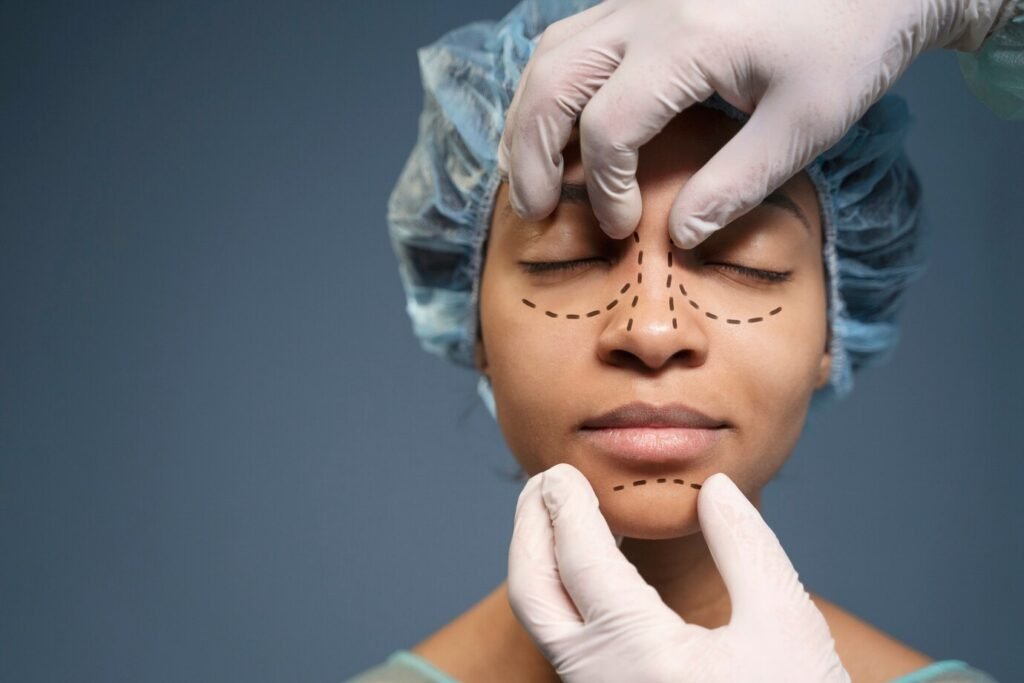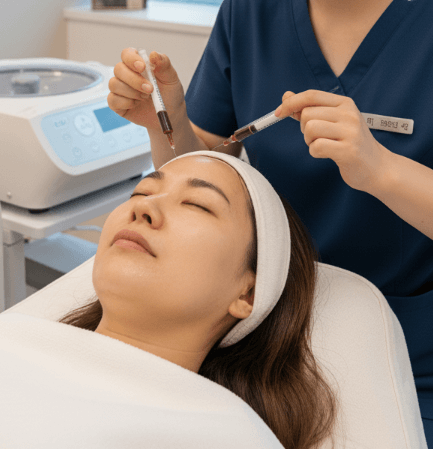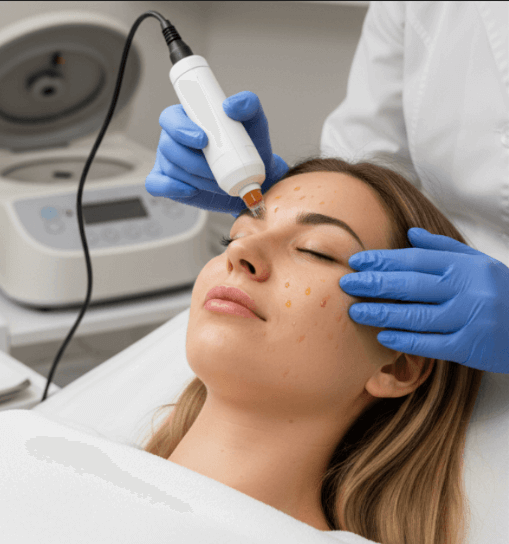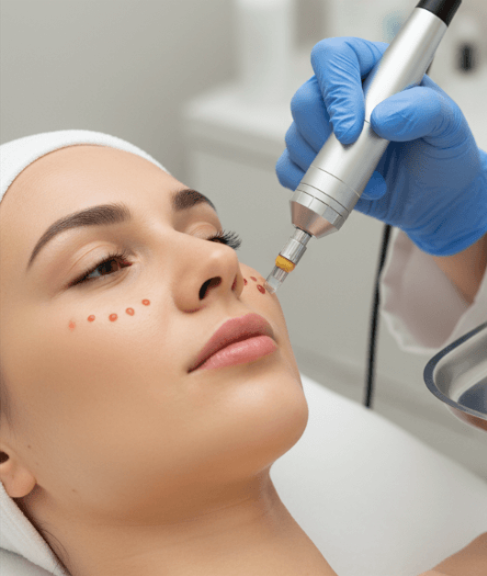Swelling and bruising are completely normal after double eyelid surgery, but many patients—especially international visitors to Korea—want to speed up the healing process. Luckily, Korean clinics are known for their advanced post-operative care, and there are many effective ways to reduce swelling and bruising quickly and safely.
Below is a comprehensive guide based on Korean clinical protocols and expert surgeon recommendations.
📌 Why Swelling and Bruising Happen After Eyelid Surgery
Double eyelid surgery (incisional or non-incisional) involves manipulating delicate tissues around the eye. This triggers:
- Localized inflammation
- Capillary leakage, leading to bruises (ecchymosis)
- Fluid retention, especially in the upper eyelid and under the eyes
Understanding this helps you take targeted steps to reduce these side effects.
🧊 1. First 48 Hours: Prioritize Cold Compresses
- Apply a cold gel pack or crushed ice wrap for 10–15 minutes every hour while awake.
- This constricts blood vessels, minimizing bruising and preventing excessive swelling.
- Make sure to wrap the ice in a clean towel or sterile gauze to avoid frostbite.
💡 Korean tip: Many clinics provide cooling eye masks for immediate post-op use.
🌡 2. Switch to Warm Compress After Day 3
- Once initial swelling has peaked (around Day 3–4), switch to warm compresses to:
- Increase blood flow
- Accelerate reabsorption of bruises
- Soften the tissue for smoother healing
- Apply 2–3 times daily for 10–15 minutes.
🛏 3. Elevate Your Head When Sleeping
- Use 2–3 pillows or a wedge cushion.
- Elevating your head reduces pressure in the upper face and helps drain excess fluids.
- Do this consistently for the first 7–10 days.
⚠️ Avoid sleeping on your side or stomach, which increases facial swelling.
💊 4. Take Medications and Supplements Wisely
- Prescribed anti-inflammatory drugs: Usually include NSAIDs or steroids (short-term).
- Antibiotics: Help prevent infection, which could increase swelling.
- Optional supplements:
- Arnica montana: Natural remedy popular in Korea and Europe for bruising.
- Bromelain (from pineapples): Reduces swelling and promotes healing.
- Vitamin C: Supports tissue repair.
📝 Always consult your surgeon before adding any supplements.
🍲 5. Follow a Low-Sodium, Healing-Friendly Diet
- Avoid salty foods, which cause water retention and puffiness.
- Focus on:
- Pumpkin (hobakjuk): a Korean favorite known for reducing swelling
- Tofu, lean protein, and leafy greens
- Pineapple and papaya for their natural enzymes (bromelain)
💡 Korean clinics often recommend pumpkin juice for post-op patients.
🚫 6. Avoid These Swelling Triggers
- Smoking and alcohol: Slow healing and increase inflammation
- Heat exposure: Saunas, hot baths, and sunlight can aggravate swelling
- Strenuous activities: Avoid cardio, bending, or lifting for 2 weeks
- Crying, rubbing your eyes, or wearing makeup too early
🧴 7. Scar Creams & Gentle Massage (After 1 Week)
- Once sutures are removed and approved by your surgeon:
- Apply scar-reducing gel or cream (like Madecassol, ScarAway)
- Perform gentle circular massages around the incision (if permitted)
- This reduces scar tissue and residual puffiness.
🧘 8. Consider Korean Aftercare Therapies
Many top-tier clinics in Seoul offer optional add-ons that help reduce swelling fast:
- LED light therapy: Promotes cellular repair
- Lymphatic drainage massage: Helps move trapped fluid
- Herbal compression packs: Traditional Korean medicine approach
- Hyperbaric oxygen therapy (in some advanced clinics)
📅 Healing Timeline (Average Recovery)
| Timeframe | What to Expect |
|---|---|
| Day 1–3 | Major swelling and mild bruising |
| Day 4–7 | Bruises darken, swelling starts subsiding |
| Week 2 | Significant reduction in both, normal appearance emerging |
| Week 3–4 | Swelling mostly gone, final contour begins to show |
| 2–3 Months | Full natural result visible |
✈️ For Medical Tourists: Travel & Recovery Planning
- Stay in Korea for at least 7–10 days post-surgery to complete follow-up care
- Schedule non-active sightseeing (cafés, museums) after Day 4–5 only
- Wear UV-protective sunglasses to hide swelling and avoid sun damage
✅ Final Thoughts
Swelling and bruising are temporary but managing them well ensures:
- Faster recovery
- Better symmetry
- Cleaner scar lines
- More natural-looking double eyelids




